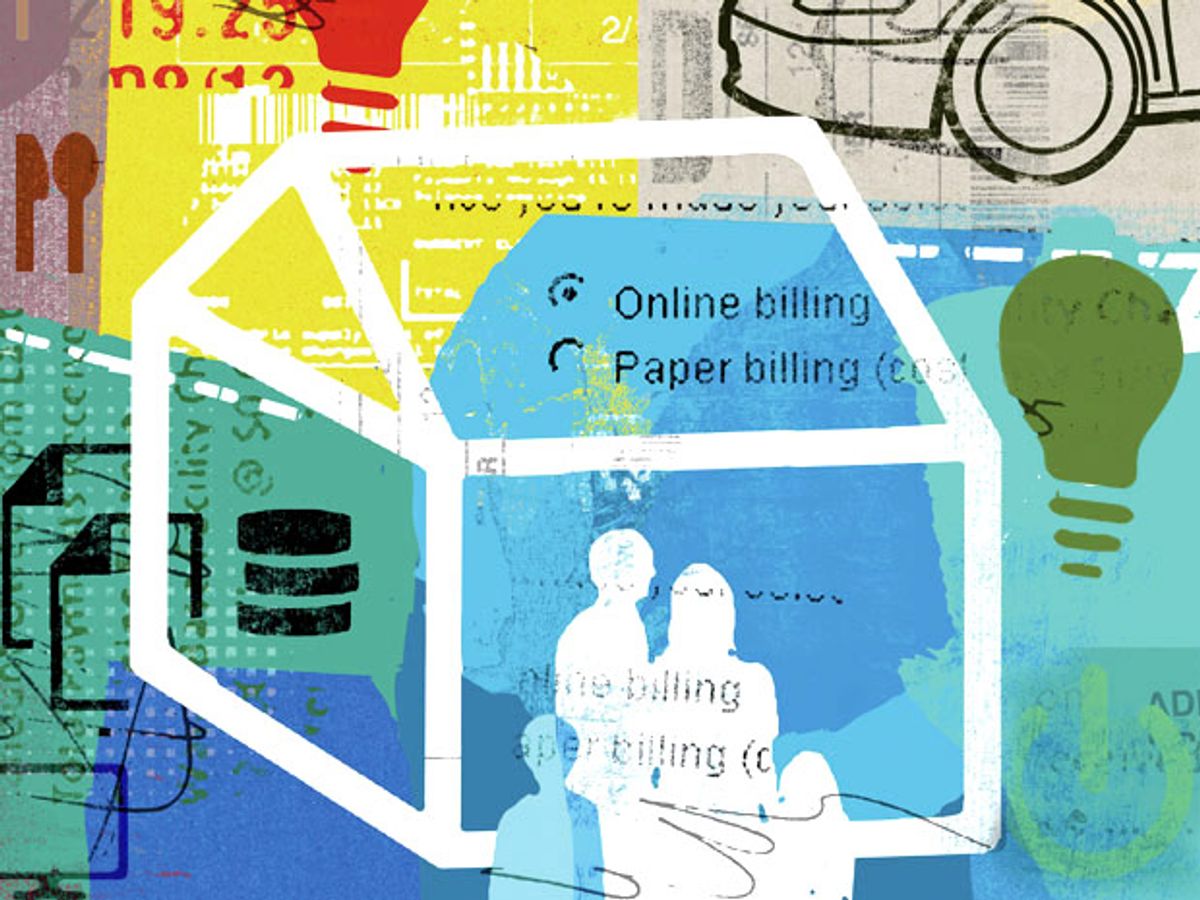“It’s Mint for electricity.” That was my reaction when I first saw Curb at Demo 2014 last month in San Jose, Calif. It’s a Silicon Valley thing, to see how quickly one can classify new tech according to old tech—or at least last year’s tech. Sometimes it’s a joke (“Pandora for cats”) or a slap (don’t say “Uber for” anything right now, Ubergate has made that moniker toxic). But in this case, it’s absolutely right—and very cool, because a having a Mint for electricity would be a very useful thing, in many many ways.
If you’re not familiar with Mint, a brief tutorial, because it will make Curb easier to understand. Mint is an online service that you set up—once—by giving it login information to all your bank, mortgage, credit card, investment, and other financial accounts (Mint swears it’s really secure); after that it tracks just about every financial move you make, or are about to fail to make (it will remind you if a bill due date is imminent, for instance). You can use it to set up budgets, in which case it will flag you whenever you go over a certain amount in a particular category. You an also generate all sorts of reports to track your financial progress over time. That’s Mint.
Now for Curb. Curb’s approach to electricity is basically the same as Mint’s approach to finance—you set it up once, and it tracks the electrical consumption of all the things in your house that consume electricity. You can set an overall electricity budget, or categories of budgets (think your kids are watching way too much TV? Or you seem to hear the blow dryer constantly? Those are some things you can track). In the same way Mint gives you a warning of potential problems (about to miss a bill payment), Curb gives you a warning of potential electrical appliance problems (refrigerator is behaving strangely and may be ready to break down). It lets you generate reports that give you all sorts of information in a graphical format, and, of course, has a smart phone app so you can watch your home’s energy use remotely.
Curb differs from Mint in that you can’t get started for free, simply because your energy use information isn’t already being collected the same way financial information is, so Curb has to collect it directly. To let the company do so, you need to install (or have an electrician install) a US $300 gadget in your circuit breaker panel. The gizmo uses the electrical fields generated by each circuit coming into the breaker box to track phase, voltage, and other characteristics of the electricity that’s flowing. Then it sends the data to the cloud, where the company’s proprietary algorithms identify most common appliances and gadgets in a home. The system can easily tell the difference between, say, space heater and a toaster or a refrigerator and a television.
Co-founder Erik Norwood explained it to me as a “digital signal processing plus big data problem.” The software then relays the information to the user in all sorts of graphical formats, flags areas where energy usage seems excessive, provides conservation tips, estimates future bills, and watches out for potential appliance problems. (It has not yet offered an app for texting my kids whenever they leave all the lights on in their rooms, but I don’t think it’d be hard to build one. Hint.)
Curb will be shipping early next year.
Tekla S. Perry is a senior editor at IEEE Spectrum. Based in Palo Alto, Calif., she's been covering the people, companies, and technology that make Silicon Valley a special place for more than 40 years. An IEEE member, she holds a bachelor's degree in journalism from Michigan State University.



